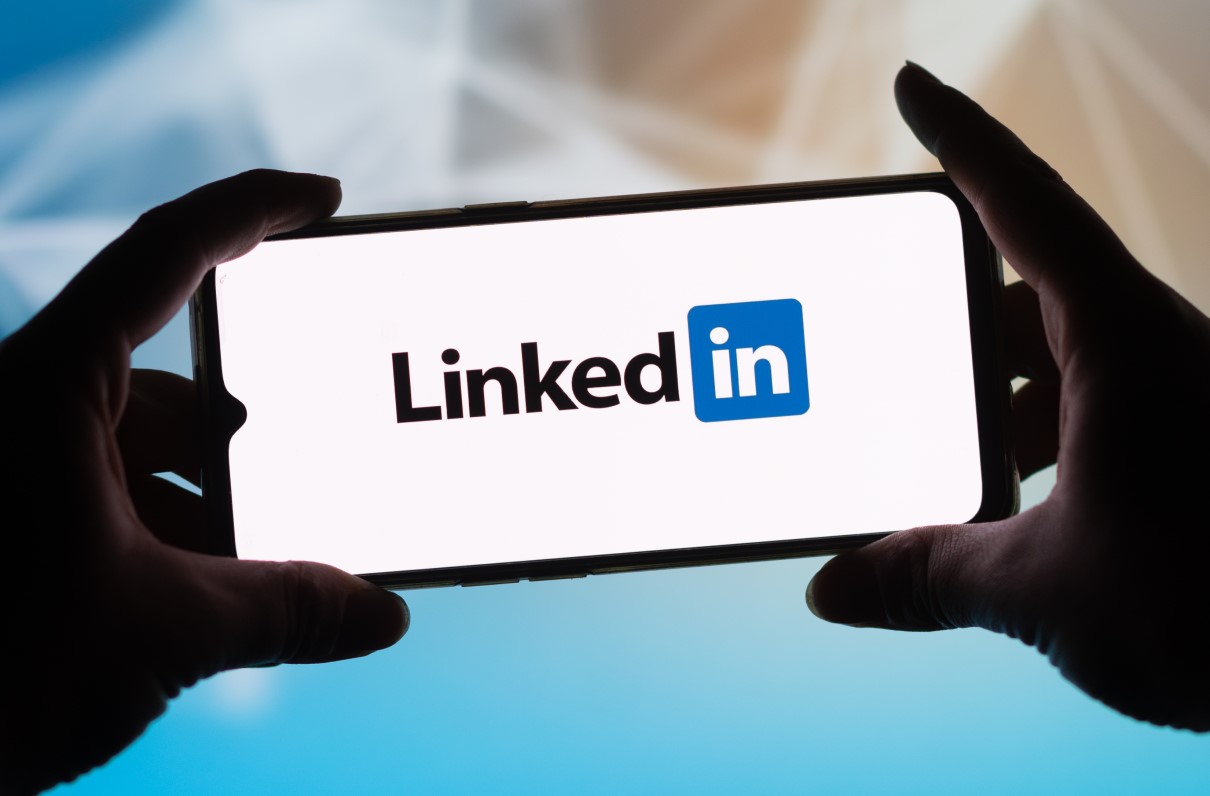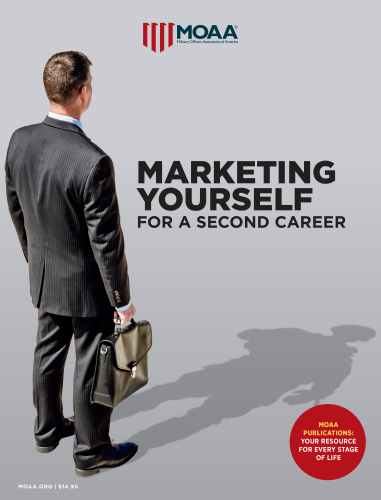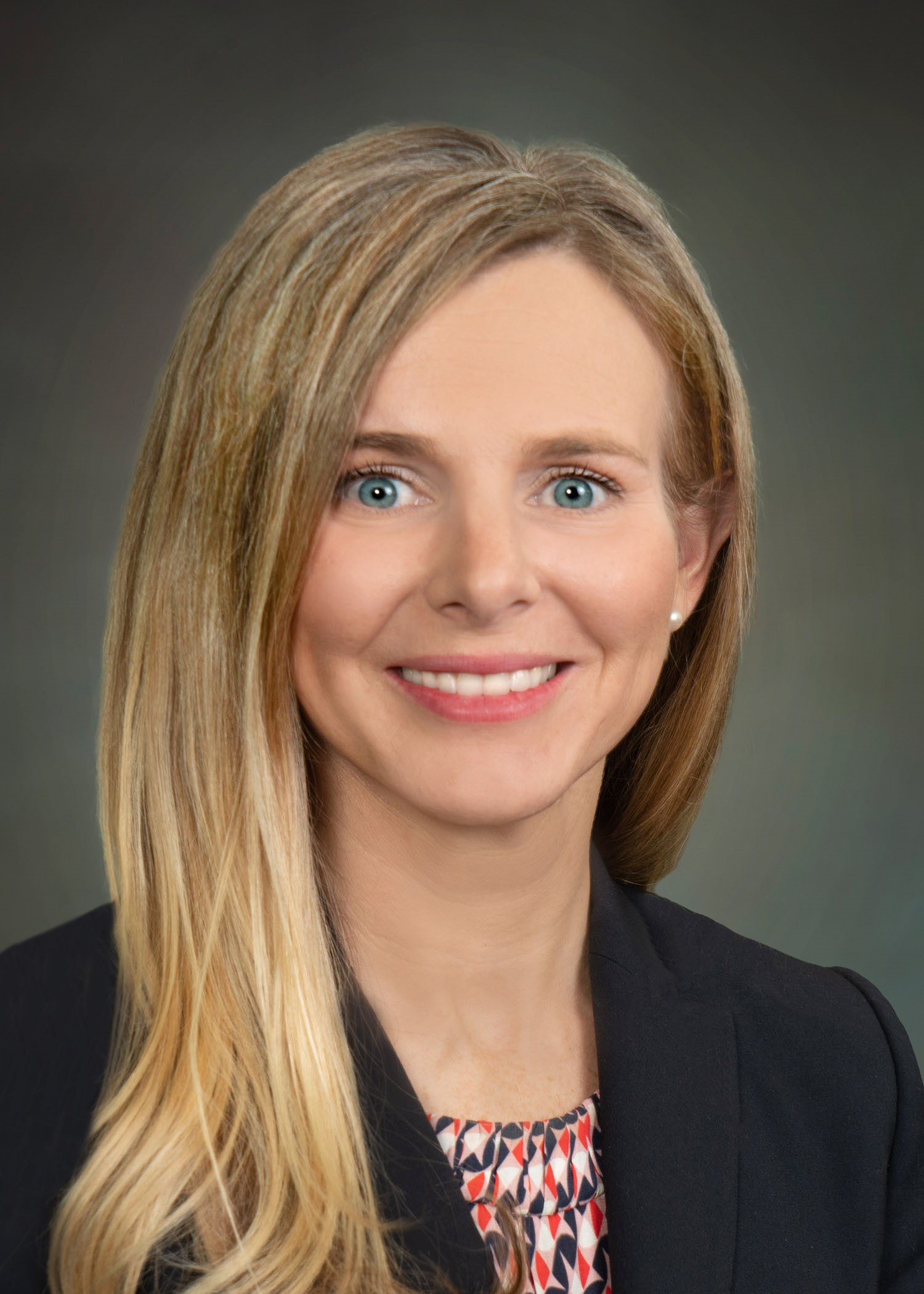LinkedIn can be an incredibly effective tool for networking – but it also can be inefficient, and can even cause frustration when it comes to looking for your next job.
Looking to maximize the power of your LinkedIn connections? Here’s some guidance, courtesy of a recent article from the Harvard Business School.
Upcoming MOAA Transition and Career Events
- Feb. 26: MOAA’s Virtual Career Fair and Hiring Event
- Feb. 28: MOAA’s Executive Career Transition Accelerator Seminar
- Tuesdays in March: MOAA Event Series: Dare to Dream
Quality Over Quantity
When it comes to growing your network, it is not just a matter of connecting with everyone and anyone who is willing to accept your invitation, or accepting all invitations you receive. Rather, it’s about making the “right” connections.
[RELATED: Should You Accept That LinkedIn Connection Request?]
What makes a connection “right”? Glad you asked – a recent study of more than 20 million LinkedIn members over five years dives into that very question, and you might be surprised at what it reveals.
Connection Types
The “strength of weak ties” theory has been studied and debated for decades. It suggests mere acquaintances “are more likely to have information that you don’t already have access to within your circle of close friends, and therefore are more valuable in discovering options you didn’t already know about,” according to the Harvard Business School article.
New people, new information, new access – makes sense, right? However, it does not mean you should make as many new, cold connections as possible, and certainly not at the cost of nurturing existing relationships. The strength of weak ties theory doesn’t mean you should give up on quality over quantity; instead, it suggests we shouldn’t discount the value of making a connection with an acquaintance.
License to Connect
So, what does this mean in practice?
Don’t gloss over casual encounters at a symposium, networking event or even a social gathering. If you sensed a genuine encounter and want to learn more about the person, or you merely enjoyed a good chat, send a connection request with a personalized note. Don’t be shy to share your transition story and what you are exploring for your next career. LinkedIn is perfectly appropriate and precisely the platform for making professional connections … and you never know where those connections might lead.
[RELATED: MOAA’s Career Networking Group on LinkedIn]
As you gather courage to connect with acquaintances, know that not everyone will accept. That’s OK: It might be because the person has not been on LinkedIn in a decade, or because he or she is tapped out on connections. Whatever the reason, do not take it personally, especially when you do not have the facts. It’s wasted energy; you have more important things to do, like pursuing connections with those who do accept.
Want to learn more about maximizing your LinkedIn presence? Check out MOAA’s Networking and Social Media resources, including a reference desk of LinkedIn guidance.
Download Marketing Yourself for a Second Career
Newly updated! Learn what you can do to prepare yourself for a successful transition from military career to civilian career. This handbook shows you how to create an attention-getting resume, cover letter, and more. Get tips on self-marketing, job search, interviews, and interviewing. (Available to Premium and Life members)


